Eucalyptus; what’s in a name?
Australian Plant species
There’s nothing like heading home after an overseas trip and seeing the familiar sight of a eucalypt. It is comforting and welcoming all at once and not just because it means you’re ‘home’. Everything about the species is distinct from the form and scent of the leaves, the shape of the canopy and the distinctive bark.
However, what most of us refer to as a ‘eucalypt’ or a ‘gum tree’ is actually many hundreds of species mostly within three genera – Eucalyptus, Cormbia and Angophera. According to the Australian Native Plants Society, these trees are spread across Australia from sub-alpine areas to wet coastal forests, temperate woodlands and the arid inland with the exception of rainforest environments. There are four other rarer genera: Stockwellia and Allosyncarpia (each comprising a single species and confined to Queensland rainforests), and Eucalyptopsis (two species) and Arillastrum (1 species) neither of which occur in Australia.
The key differences between these genera centres around the positioning of the leaves (alternate or opposite), the structure of the flowers (flower cap or not) and the structure of the flower stalk (arising from different levels but finishing in the same plane, or not). Most of us have little hope of distinguishing these features but that doesn’t mean we can’t appreciate and enjoy them all the same!
The tag ‘gum tree’ comes from some species having a sticky gum on their trunk and while this doesn’t apply to all species the tag, excuse the pun, has stuck!
There are a few species that occur naturally in other parts of the world but only two aren’t endemic to Australia. Eucalypts have been planted right across the world from the Americas to the Mediterranean given many species are drought hardy and rigorous growers. This rigorous growth sometimes turns sour given some eucalypts have established the reputation for being weeds in other countries. California is full of eucalypts as is South America, and even Greece. People from other countries wonder why their trees are growing naturally in Australia!
Some eucs attract distinctive names. For example, a Mallee is a small, multi-stemmed tree, a Scribbly Gum has deciduous bark and a smooth trunk with ‘scribbles’ caused by an insect larva, and a Peppermint Gum has leaves that smell of peppermint when crushed.
It’s not surprising that in 2022 Aussies voted the River Red Gum as their favourite tree! In fact six eucs made it into the top 10:
1. River Red Gum (Eucalyptus camalundenis)
2. Snow Gum (Eucalyptus paucilfora)
3. Ghost Gum (Corymbia aparrerinja)
5. Mountain Ash (Eucalyptus regnans)
7. Eucalyptus versicolour
8. Corymbia versicolour
It’s not just the landscape where eucalypts dominate. They are an important source of food, shelter, protection and medicine for first nation peoples. They feature in songs and poetry, and author May Gibbs entertained generations of children with the adventures of Snugglepot and Cuddlepie – two gum-nut children exploring the Aussie landscape.
Given our love affair with eucs it’s only fitting that Australia has a National Eucalypt Day each year on 23 March where we celebrate the beauty and the importance of eucalypts to life in Australia.
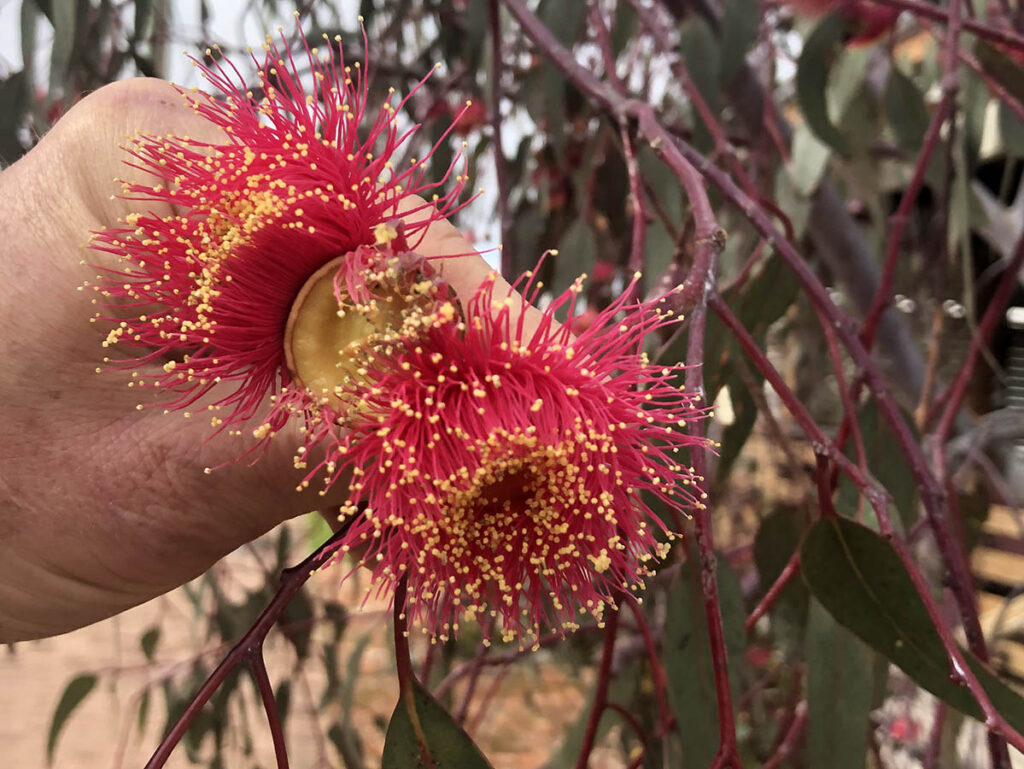
Eucalyptus in flower in Western Australia
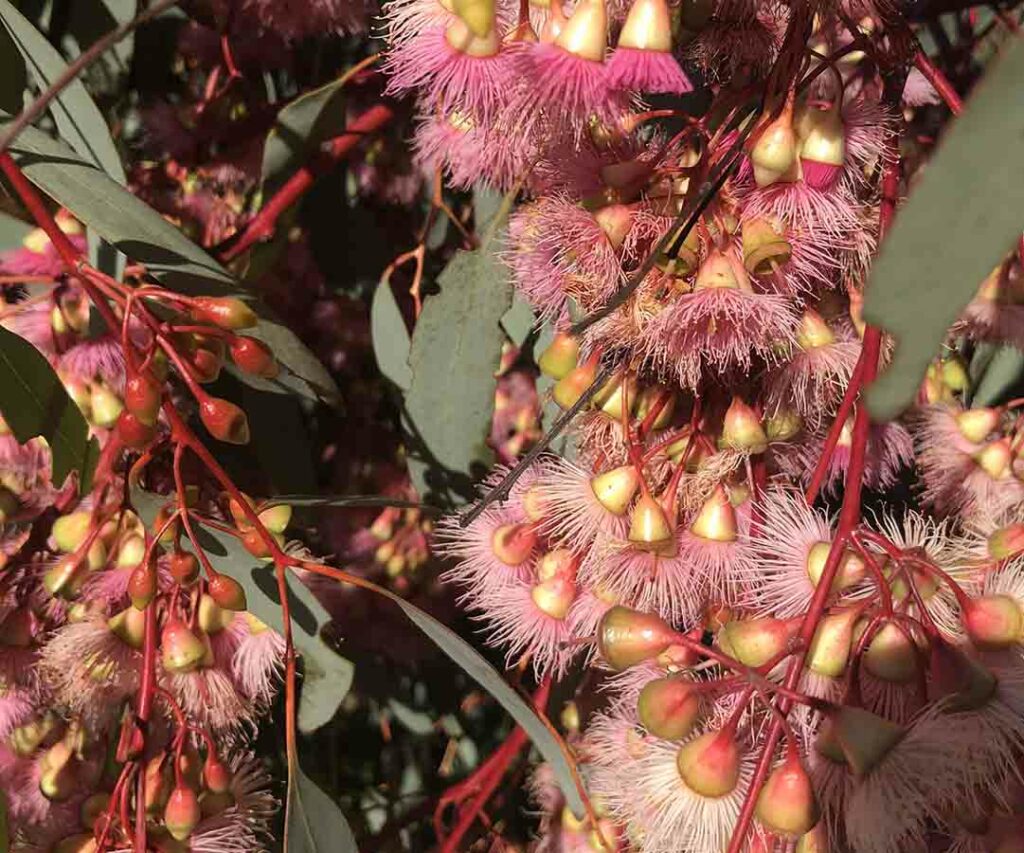
Eucalyptus species Western Australia

Eucalyptus flower white

Eucalyptus stellulata in flower
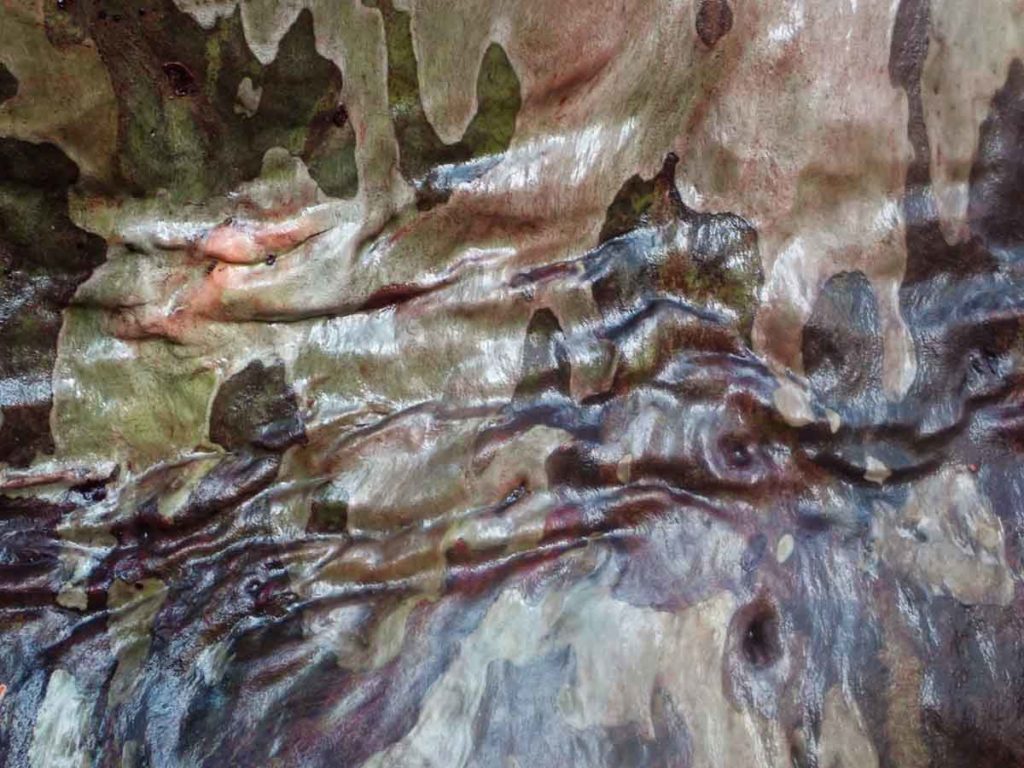
Eucalyptus bark after a rain
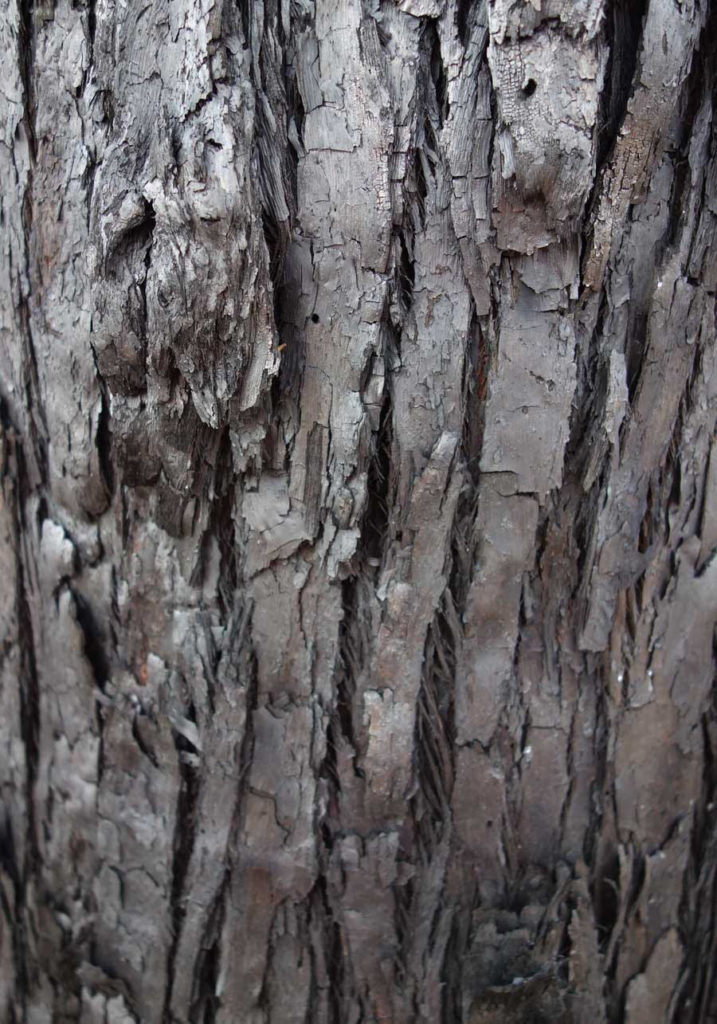
Burnt Eucalyptus bark

Eucalyptus stellulata
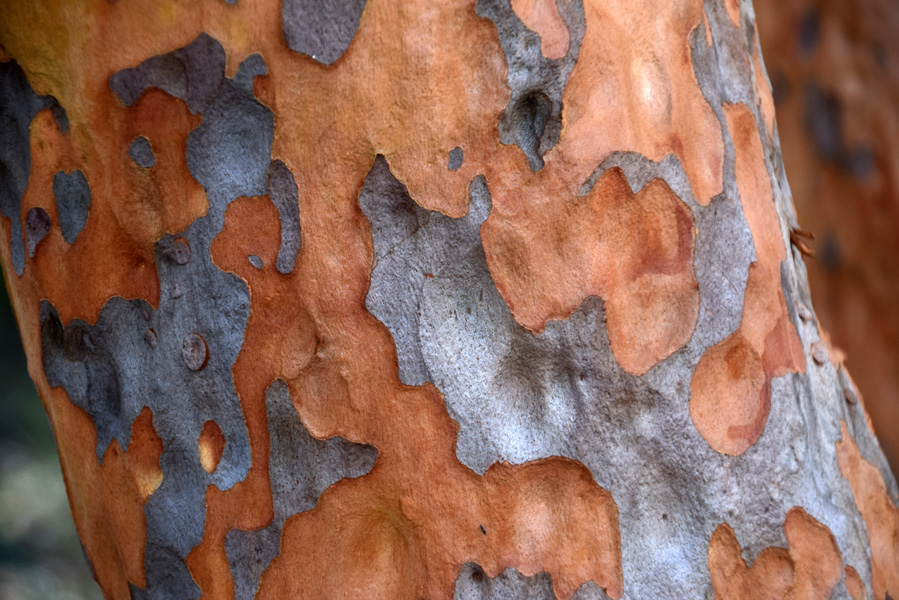
Angophera bark
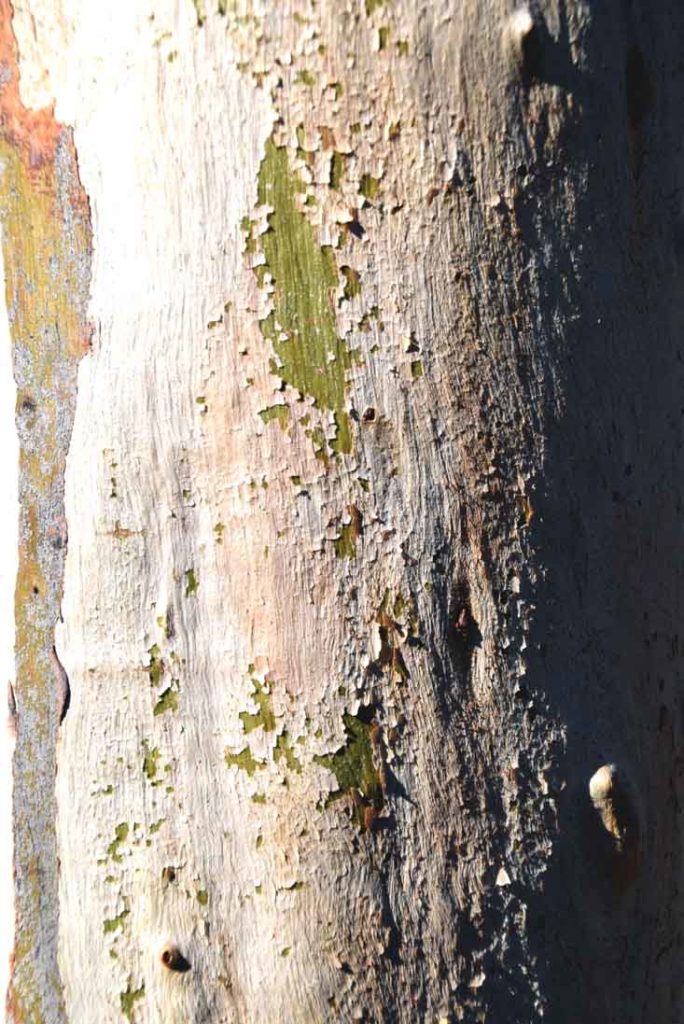
Eucalyptus bark
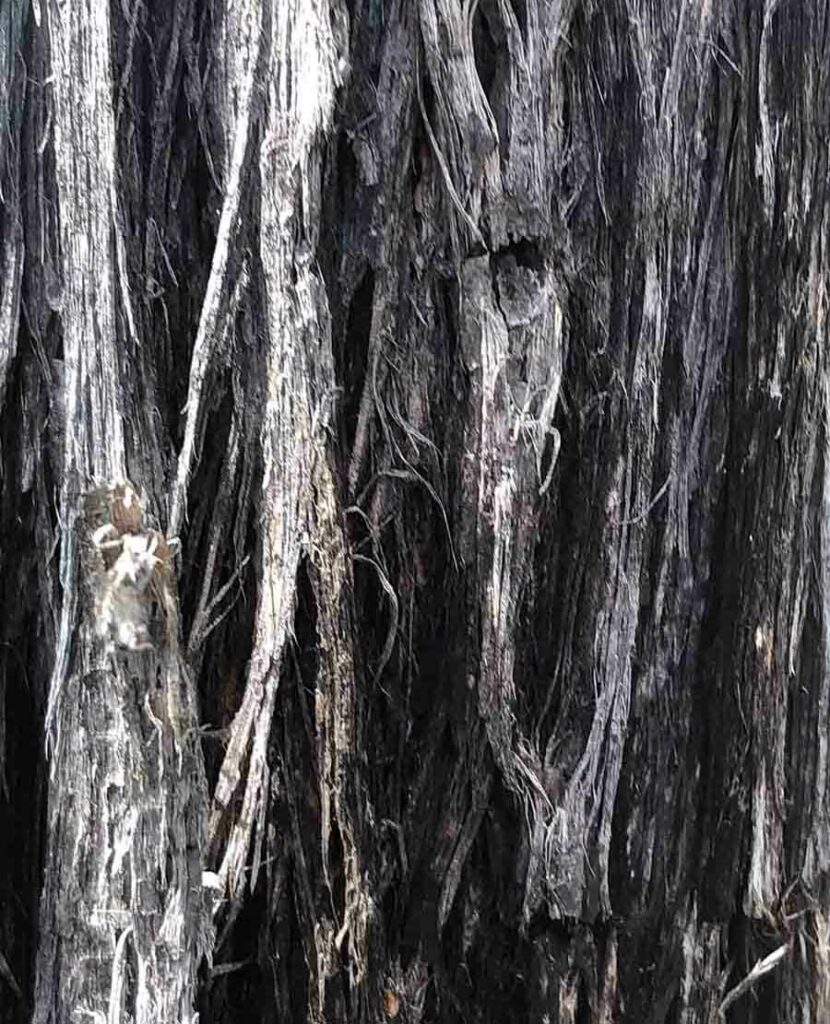
Rough Eucalyptus bark
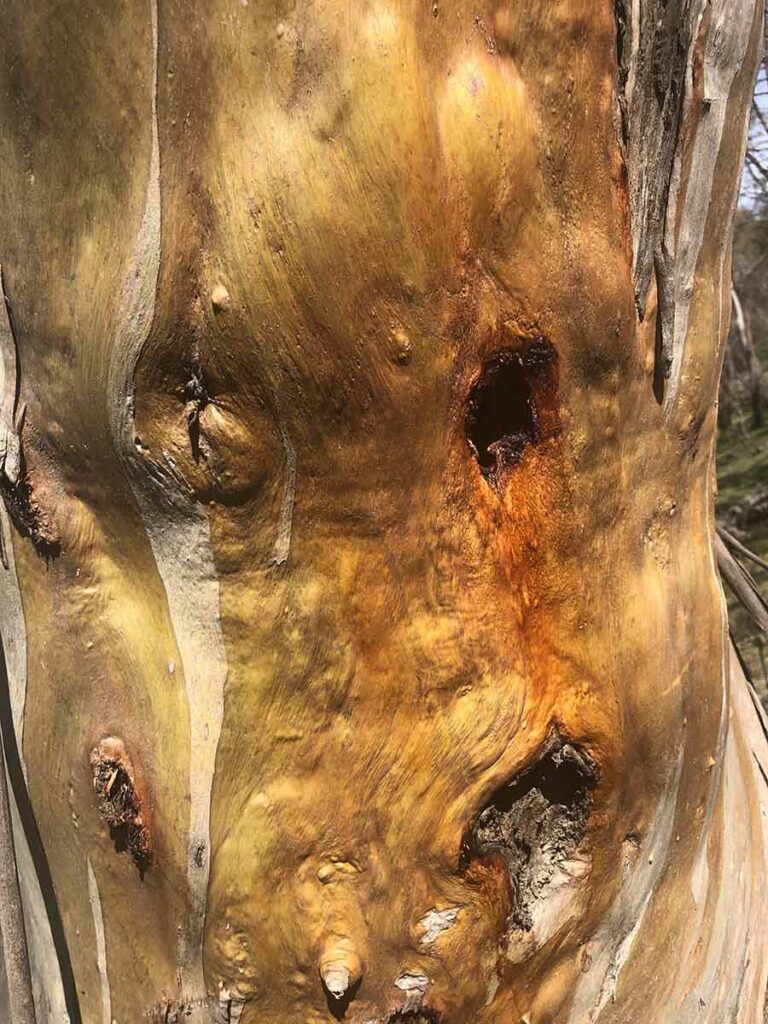
Eucalyptus golden coloured bark

Eucalyptus bark with reddish sap
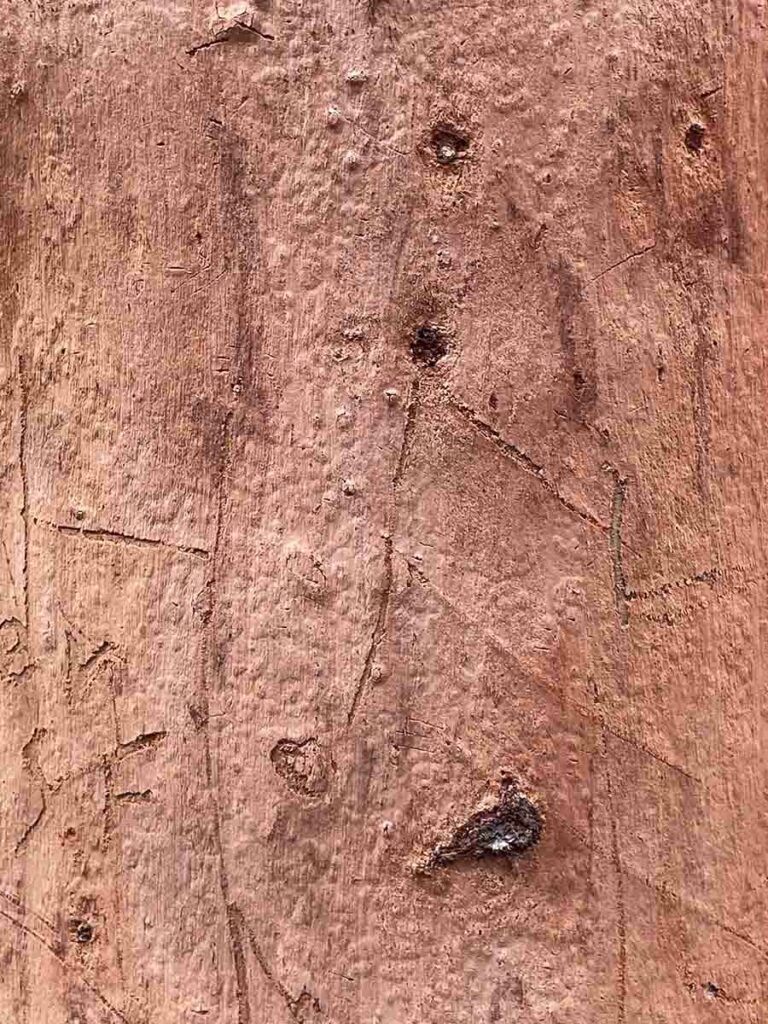
Angophera species
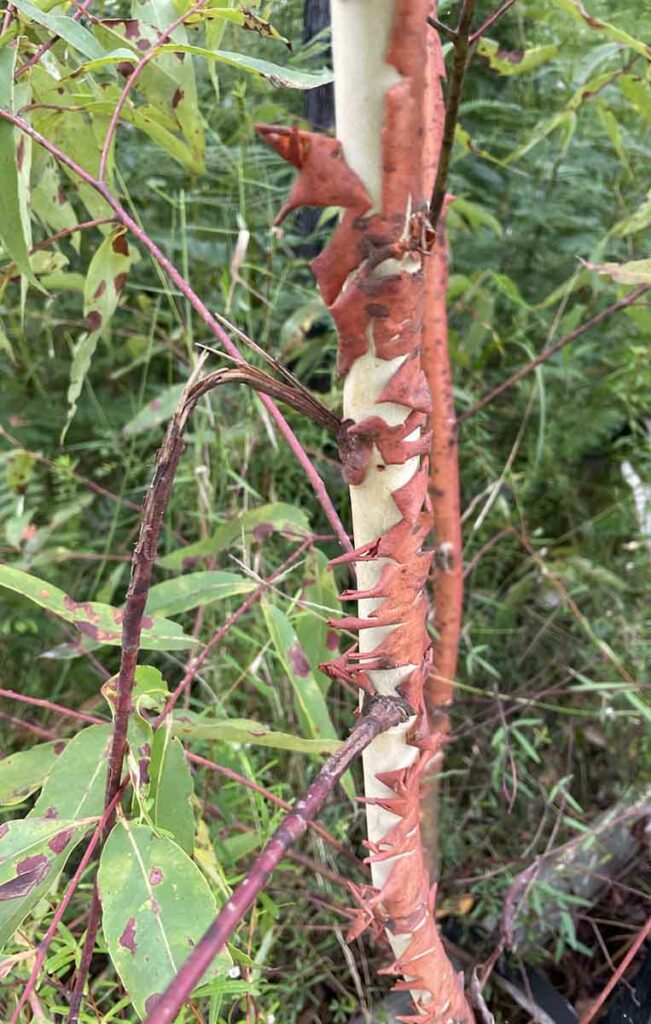
Peeling red bark

Insect galls on Eucalyptus leaves
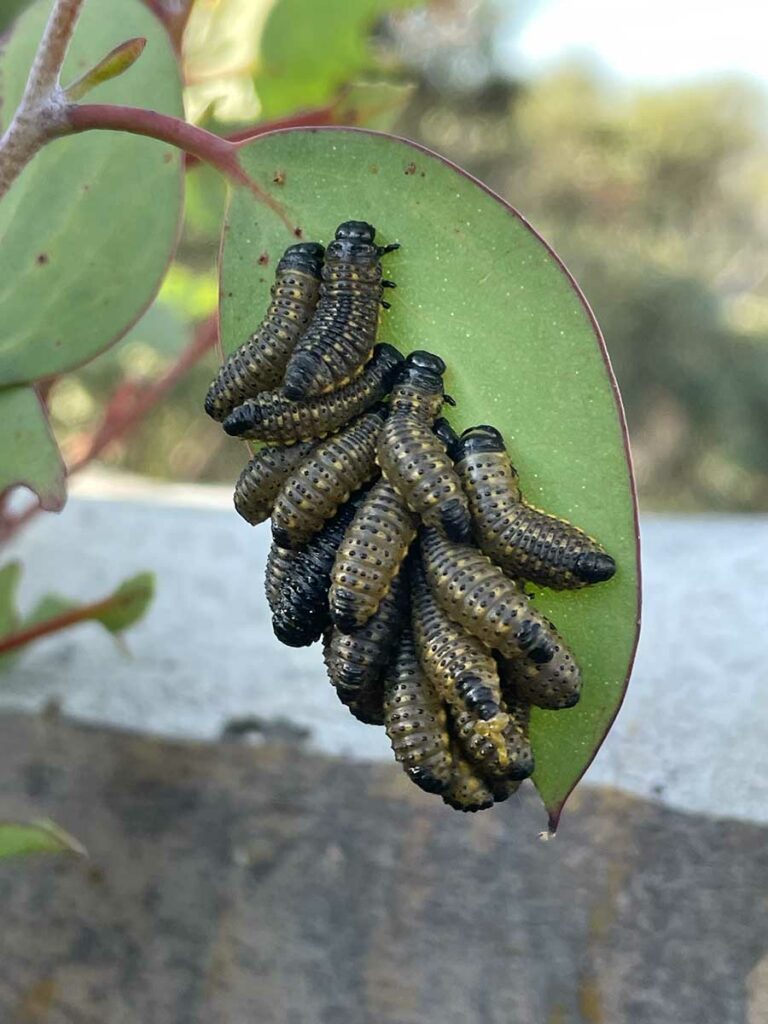
Sawfly larvae on Eucalyptus leaf
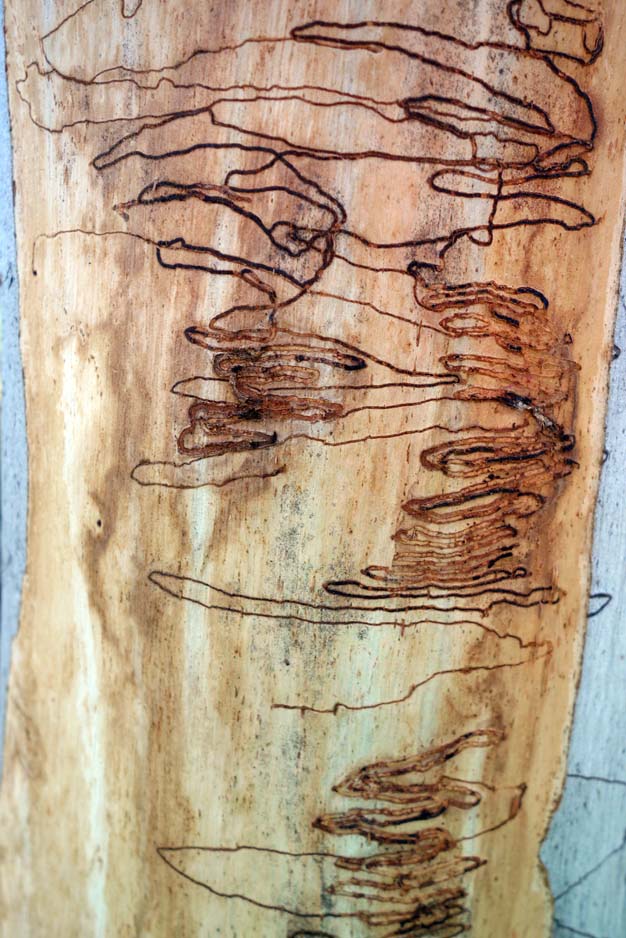
Scribbly Gum is a common name associated with the marks caused by a moth larvae and
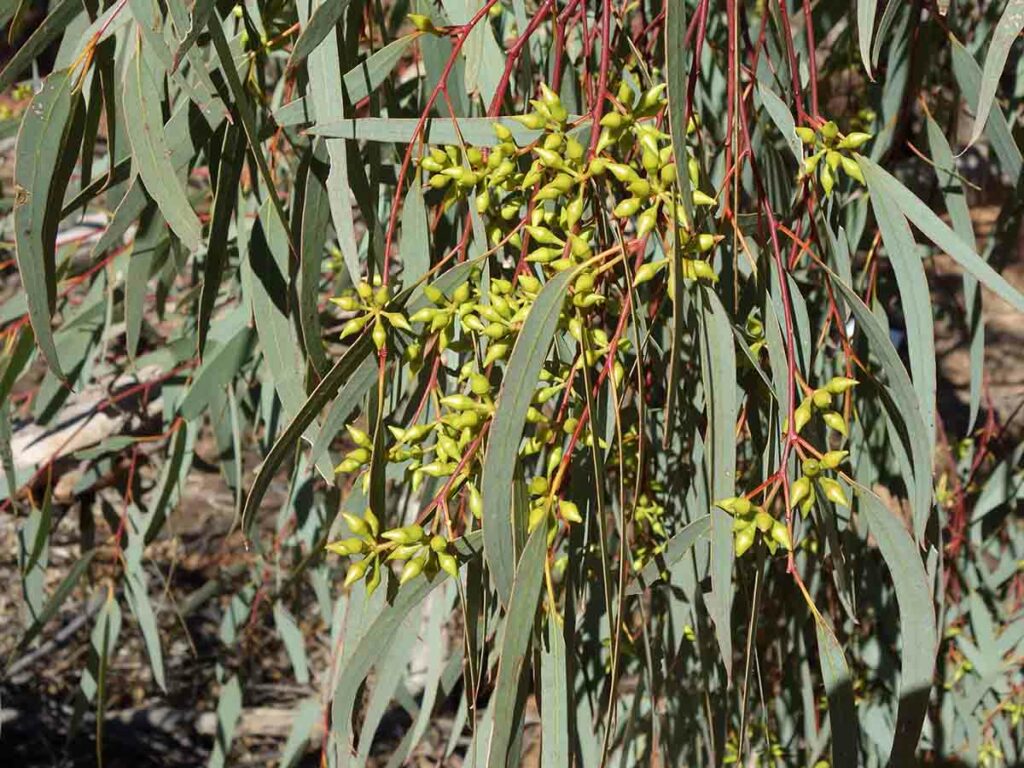
Eucalyptus flowers forming

In the middle of a large Eucalyptus forest
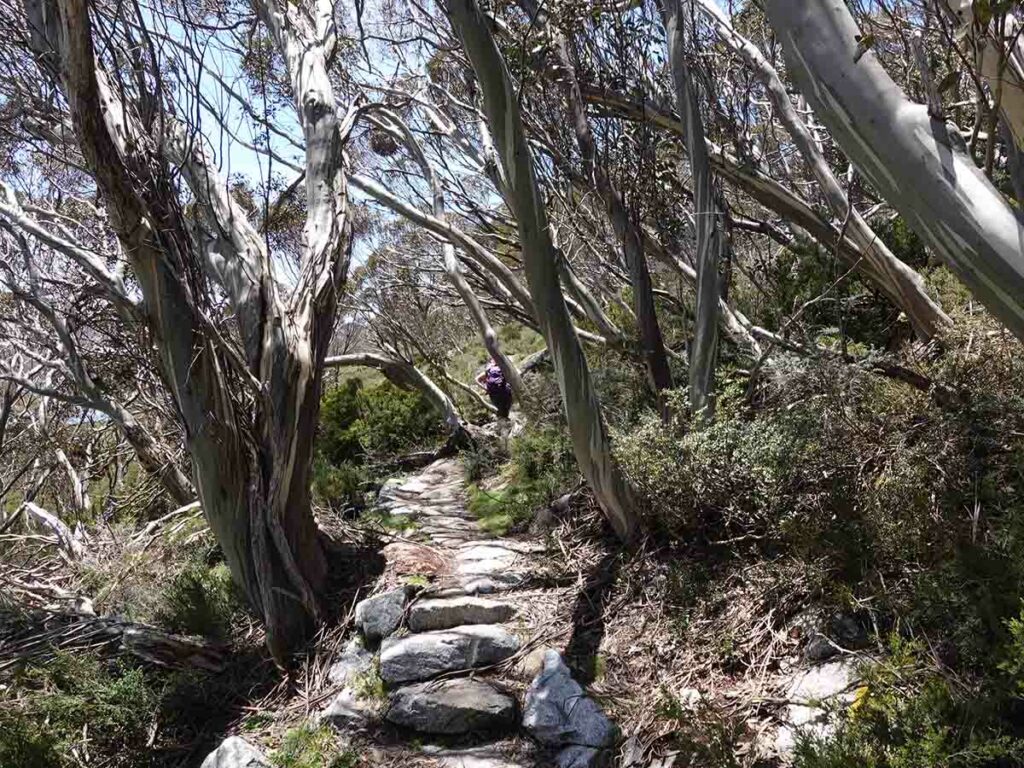
Snow gums in the Australian Alps – these also known as Mallee trees given their multi stemmed trunks
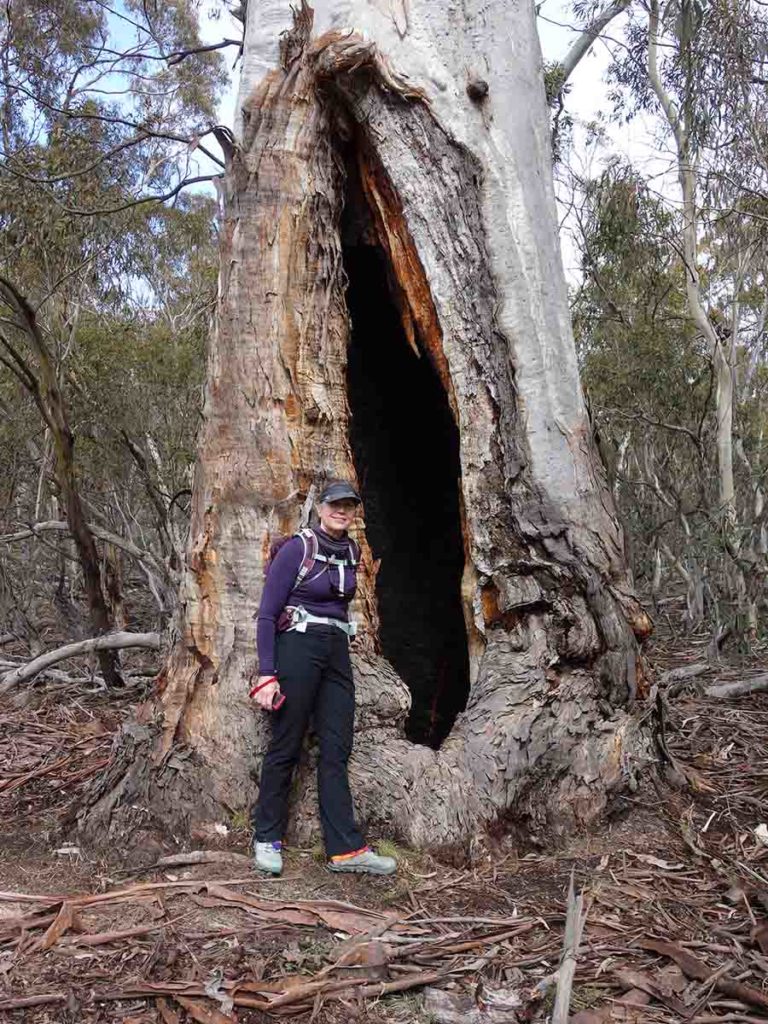
Big hollow Eucalyptus tree
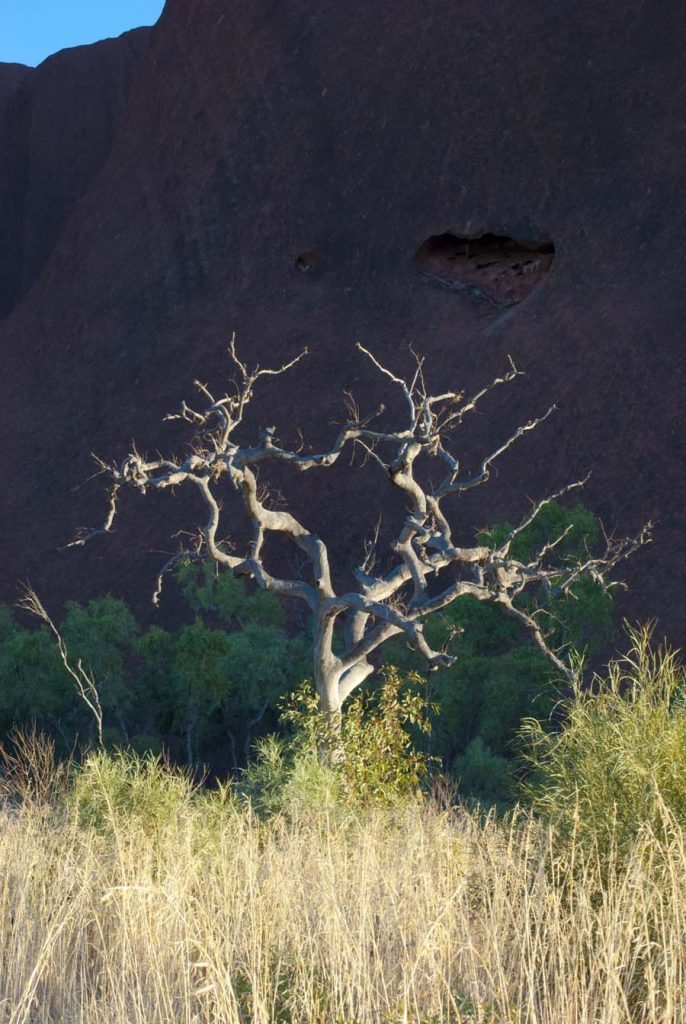
Even dead trees can be spectacular (Uluru Kata Tjuta)